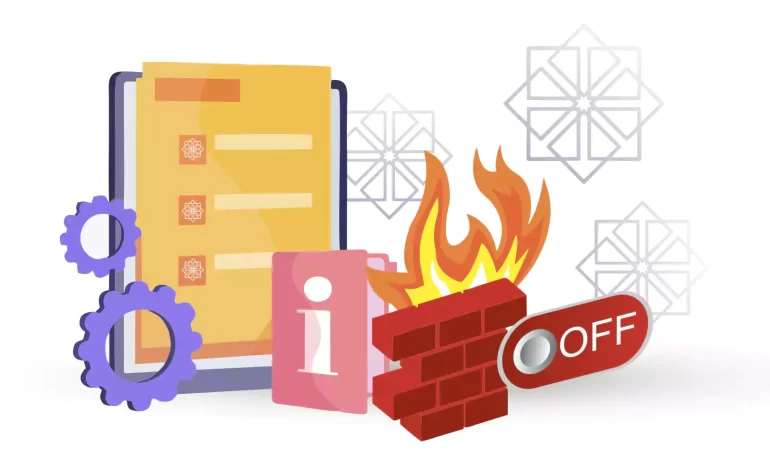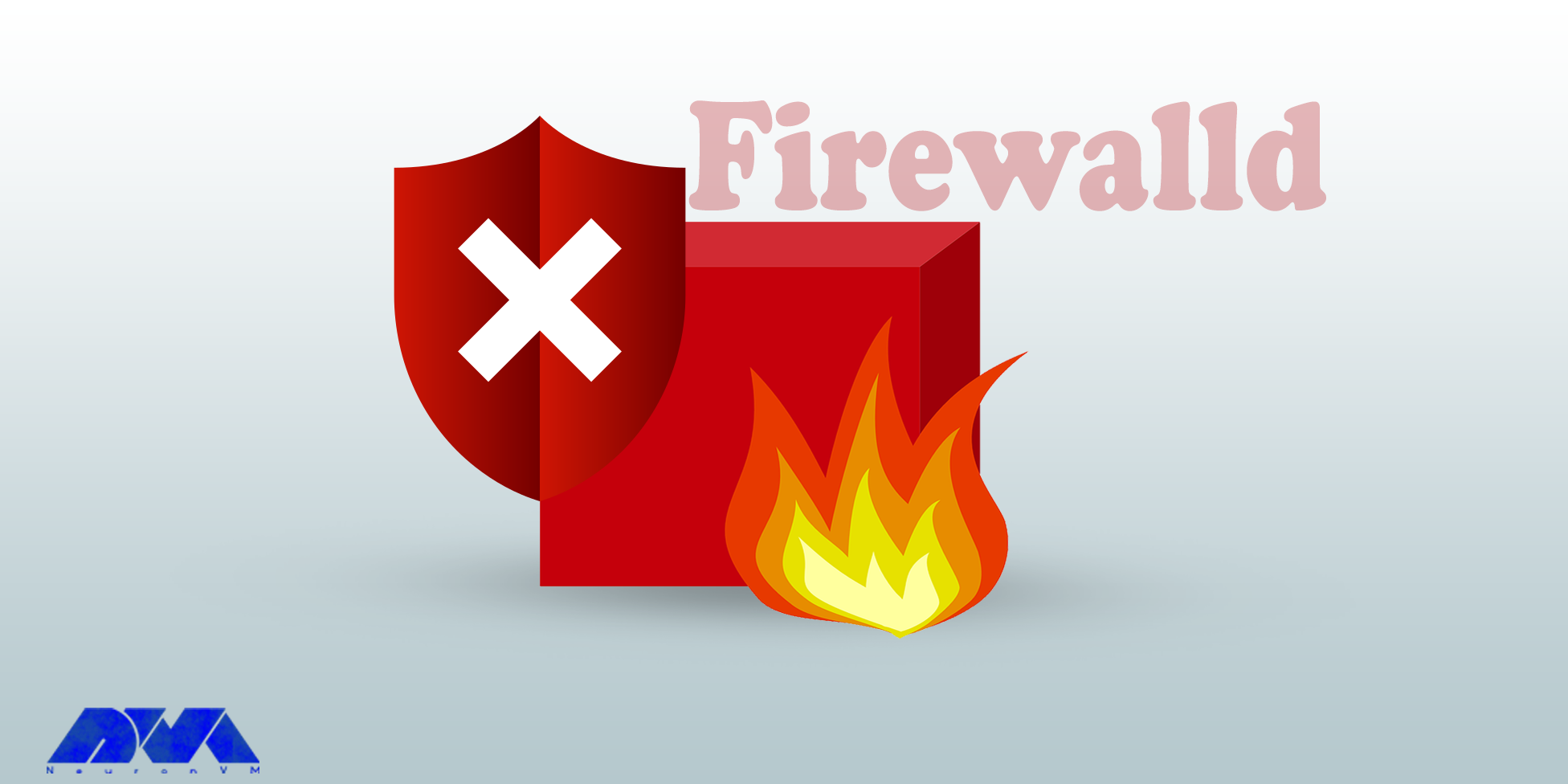






To make changes in the firewall, you must use the related management tool, which in Linux is Firewalld. This tool is a frontend controller for iptables and is used to implement stable network traffic rules. Firewalld supports many Linux distributions, especially CentOS, and RHEL. IPv4 and IPv6 are also supported by this tool. In general, for more security, it is recommended that you activate the firewall, but there are exceptions where the firewall must be disabled, and this article examines how to disable the firewall on CentOS 7.
Here are the requirements before disabling the firewall on CentOS 7:

Firewalld is enabled by default in CentOS 7 linux vps server, but you should verify whether it is running on your system or not. you can use the following command:
sudo systemctl status firewalls
You can recognize if the firewall is running by seeing a green text which indicates the firewall is active.
Execute the command below to disable the firewall temporarily:
systemctl stop firewalls
Of course, the above command will disable the firewall temporarily and it will be activated automatically after you restart the system.
But if you want to disable the firewall completely and permanently, you should use the following command:
systemctl disable firewalls
You can mask the firewall service so that other services cannot start it. Then use the following command:
systemctl mask --now firewalls
The output will be like this:
Created symlink from /etc/systemd/system/firewalld.service to /dev/null.
If you want to reactivate the firewall in the future, you must run the following command:
systemctl unmask --now firewalld systemctl start firewalld systemctl enable firewalld
Well done! You have successfully disabled the firewall using the above commands.
Disabling the firewall on CentOS may cause security problems on your system, but there may be some exceptions. Here we will examine some problems you may encounter while disabling firewall:
1- Disabling the firewall may expose your system to unauthorized access and potential security threats.
Solution:
Consider alternatives such as configuring the firewall to allow only necessary traffic or adjusting the firewall rules rather than completely disabling it.
2- Certain services might be prevented from being accessible.
Solution:
If specific services are not working, adjust the firewall rules to allow traffic on the required ports for those services.
3- Disabling firewall might infact on SELinux which is a security feature in CentOS.
Solution:
If you have SELinux enabled, consider adjusting its policies to accommodate the changes made by disabling the firewall.
The instructions in this article show you how to disable the firewall. You also learned how to do this temporarily and re-enable the firewall if needed. Note that our recommendation is to keep the firewall active and stop it only if needed. We hope this was a useful guidance for you. Contact us from the comments section if needed.
How useful was this post?
Click on a star to rate it!
Average rating 5 / 5. Vote count: 1
No votes so far! Be the first to rate this post.
 Tags
Tags

In the digital world, proxy servers act as an intermediate connection between users and the internet...



 Tags
Tags

In this article, we are going to teach you How to Configure Parse Server on CentOS 8. Modern applica...



 Tags
Tags
What is your opinion about this Blog?








